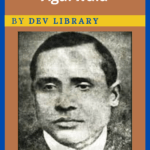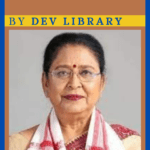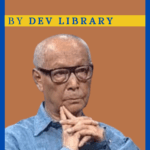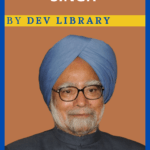Indian women have been playing an important role in the history of caste at various times, in the development of civilization. Indian women played an important role in the freedom struggle against British rule. In fact Indian women fought against the British with true patriotism and indomitable courage to get rid of foreign rule. Irrespective of caste and creed, all the individuals participated in this freedom struggle. Women in Assam, parallel to men, also created a Nazir by actively participating in India’s freedom struggle without being confined to the boundary of the four walls. Importantly, there is no environment for women to participate actively in the political arena at that time, yet a revolutionary fact that has introduced a new path in women empowerment through active participation in the political arena amid tough challenges is Sarojini Naidu.
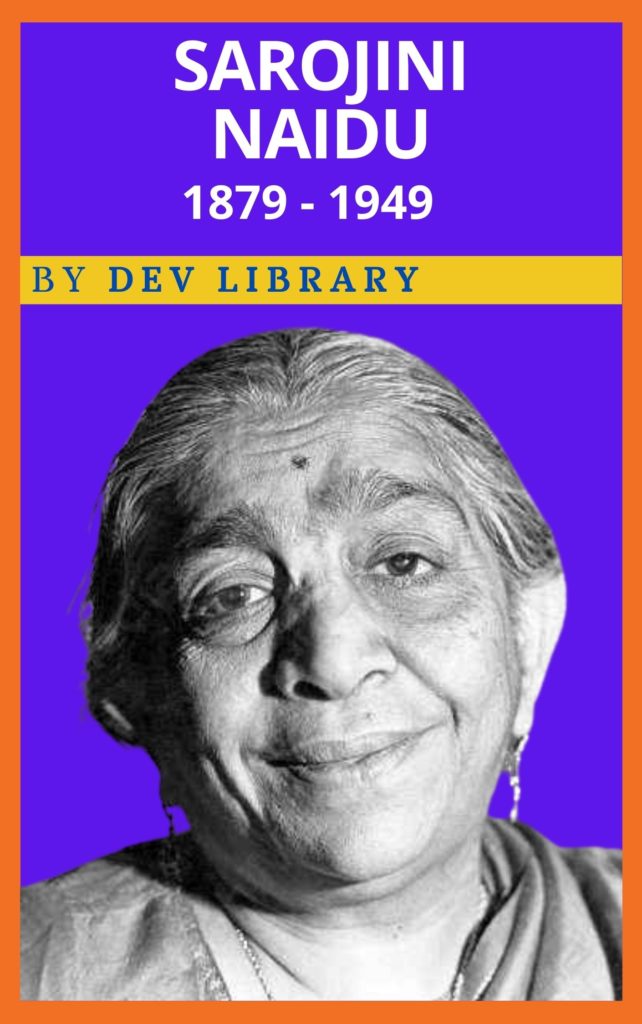
Biography of Sarojini Naidu
| Name | Sarojini Naidu[1] |
| Real Name | Sarojini Chattopadhyay |
| Birth Date | 13 February,1879 |
| Place of Birth | Hyderabad, India (present- Telangana). |
| Father’s Name | Agharnath Chattopadhyay |
| Mother’s Name | Barda Sundari Devi |
| Husband’s Name | Dr. Govindrazulu Naidu |
| Education | 1/King’s College, England 2/Girton College, Cambridge |
| Awards | 1/Kiser-e-Hind 2/The Nightingale of India 3/Bulbul E Hind |
| Died | March 2, 1949 |
Early Life
Sarojini Naidu’s real name is Sarojini Chattopadhyay. Sarojini Naidu was born on February 13,1879 in a Bengali family in Hyderabad. Her father’s name is Agharnath Chattopadhyay and her mother’s name is Barda Sundari Devi. Sarojini Naidu’s father Agharnath Chattopadhyay was a Bengali community man and he was the principal of Hyderabad College. However the college was later known as Nizam College. Her father also received a doctorate in science from Edinburgh University. Her mother, on the other hand, discussed poetry in Bengali. It may be recalled that Sarojini Naidu was the youngest of the eight children. Instead of her brother Virendernath Chattopadhyay being a revolutionary, another brother Harindranath was a poet, playwright and an actor. Growing up in the values of an elite and cultural family, Sarojini Naidu also benefited from developing her creative talent.
A very talented Sarojini Naidu passed the matriculation exam in 1891 at the age of just twelve (12). Later from 1895 to 1898 Sarojini Naidu studied in King’s College in England. Sarojini Naidu, who studied at Girton College in Cambridge, also received a scholarship under H.E.H, the Nizam s Charitable Trust in England. Naidu came in close proximity to various talented people from different fields while studying abroad at that time she visited different parts of the European continent. It may be recalled that Sarojini Naidu’s favourite poet with skills in Urdu, Telugu, Persian and Bengali languages is P. B. Shelly.
Sarojini Naidu who returned to Hyderabad in 1898 after pursuing education married to a doctor named Govindrazulu Naidu. Importantly, at a time when intercaste marriage was not prevalent in the Indian social system and in a way intercaste marriage was prohibited at that time, Sarojini Naidu and Govindrajulu Naidu were married with the consent of both the families against caste conservative policies, introducing a modern mind.
Also Read: Biography of Tarun Ram Phukan
Importantly, Naidu actively participated in India’s freedom movement that started against the British. She actively participated in the freedom struggle especially in the wake of the Bengali movement in 1905. During the freedom movement, Sarojini Naidu came in contact with several eminent personalities including Gopalakrishnan Gokhale, Rabindranath Thakur, Mohammad Ali Jinnah, Ani Besant, Mahatma Gandhi, Jawaharlal Nehru etc.
Sarojini Naidu, who was also popular as a speaker, has played an important role in making the general public aware since 1904 by speaking in various parts of India on youth welfare, importance of labour, women’s liberation and nationalism. Naidu in particular played an important role in promoting women’s education. It may be recalled that Naidu had made a statement at the Indian National Congress and Indian Social Conference held in Kolkata in 1906. Importantly, Sarojini Naidu was honoured with Keishar-e-Hind in 1911 for her various social work especially the help done to the archer during floods.
Sarojini Naidu, who extended a helping hand in establishing the Bharatiya Mahila Sangha with Muthulakshmi Reddy in 1917, joined the Satyagraha movement launched by Mahatma Gandhi against the British. Naidu, who represented the Indian National Congress in 1924, served as president at the 1925 Session of the Indian National Congress in Kanpur. Importantly she was the first woman to adorn the Indian National Congress president’s seat. Not only this, Naidu was the founding member of the All India Women’s Conference established in 1927.
Importantly, many women participated in the Dandi March(yatra)led by Mahatma Gandhi in 1930, despite many compulsions imposed on women to participate. It may be recalled that Sarojini Naidu led the journey when Mahatma Gandhi was arrested by the British on April 6,1930 during the Dandi March. Importantly, Sarojini Naidu was first arrested in 1932 by joining the freedom movement against the British actively. Naidu later spent 21 months in prison in 1942 after participating in the Quit India Movement led by Mahatma Gandhi.
Sarojini Naidu who played an important role in women empowerment was the first woman to hold the post of governor at the All India level. She served as the first woman Governor of United Provinces and now Uttar Pradesh after India gained independence.
Sarojini Naidu was a special identity not only as a speaker, an active politician but also in the field of literature. Naidu, who had been doing literature since the age of 12, influenced everyone at that time by the ‘Maher Muneer play‘ written in Persian at an early age. Sarojini Naidu was also popular as a poet. She painted various aspects of Indian society through poetry and it is for these reasons that Naidu is considered as Indian Yeats.
Naidu’s first collection of poems was published in London in 1905. The name of her collection of poems is “The Golden Threshold.” Naidu’s second collection of poems, on the other hand, was published in 1912 and the name of this collection of poems is “The Bird of Time.” It may be recalled that this collection of poems was a collection of powerful poems of nationalist ideology. Her other collections of poems are – The Sceptered Flute (1928) and The Feather of the Dawn (1961). The Broken Wing: Songs of Love, Death and the Spring, The Gift of India etc. It may be recalled that Sarojini Naidu was also elected as the fellow of Royal Society of Literature in 1914. Sarojini Naidu was honoured with the “Bulbul Hind Award” for her collection of poems ‘The Golden Threshold’ published in 1905.
Popular as a powerful voice of feminists Sarojini Naidu is also known as a poet as a Nightingale of India across India. Importantly, Edmund Goose called Sarojini Naidu the most skilled poet in India in 1919. Importantly, through literature, Sarojini Naidu also opened the way for self-establishment in parallel with making the people of India aware of their language culture. Each of her creations was rich in individual qualities. Sarojini Naidu was a revolutionary who thought every day for caste system.
Conclusion
In parallel with women’s empowerment through women’s education and active participation in the field of political, social, literary fields, this legendary, majestic woman, who set a shining example in the field of removal of social untouchability through inter caste marriage, died of a heart attack on March 2, 1949.
Sarojini Naidu, who has written her name in the history of India’s freedom struggle with golden letter, is another name for courage. Sarojini Naidu, a strong patriot and a strong personality within the nationalist heart, had a close relationship with the people on the ground. She also travelled to different regions in the interest of the country overcoming tough challenges to promote the goals and objectives of the revolution. She gave every time for the country till the time of her death.
Sarojini Naidu, a brave, outspoken personality, has created a golden chapter in Indian national history for future generations through her work in parallel with establishing an ideal in Indian society through duty, patriotism and social service. Respected as a writer, politician, revolutionary person who has contributed to social life, Naidu’s intellectual approach, hard work and humble behaviour are still popular among all till today. Sarojini Naidu’s concerns are relevant even today.
FAQ
1. When and where was Sarojini Naidu born?
Ans: Sarojini Naidu was born in 13 February 1879 at Hyderabad, India (present- Telangana).
2. What is the real name of Sarojini Naidu?
Ans: The real name of Sarojini Naidu is Sarojini Chattopadhyay.
3. By what name she was popularly known as?
Ans: She was popularly known as Nightingale of India.
4. When does the All India Women’s Conference was established?
Ans: All India Women’s Conference was established in 1927.
5. Name the Nehru’s first collection of poems and when it was published?
Ans: The name of her collection of poems is “The Golden Threshold ” published in 1905.
6. Name the Nehru’s second collection of poems?
Ans: Nehru’s second collection of poems is “The Bird of Time” published in 1912.
7. Why did Sarojini Naidu was honoured with Bulbul Hind Award?
Ans: Sarojini Naidu was honoured with the “Bulbul Hind Award” for her collection of poems ‘The Golden Threshold’ published in 1905.
8. Name some of her collection of poems?
Ans: Some of her collection of poems are- The Sceptered Flute (1928), The Feather of the Dawn (1961),The Broken Wing: Songs of Love, Death and the Spring, The Gift of India etc.
9. When she was awarded with Kesar-e-Hind?
Ans: She was awarded with Kiser-e-Hind in 1911.
10. When did Sarojini Naidu died?
Ans: She died on March 2, 1949 due to heart attack.

Hi, I’m Dev Kirtonia, Founder & CEO of Dev Library. A website that provides all SCERT, NCERT 3 to 12, and BA, B.com, B.Sc, and Computer Science with Post Graduate Notes & Suggestions, Novel, eBooks, Biography, Quotes, Study Materials, and more.


